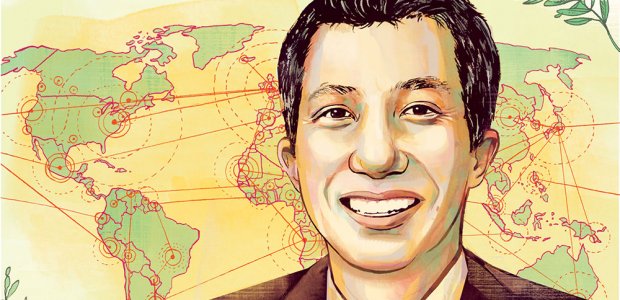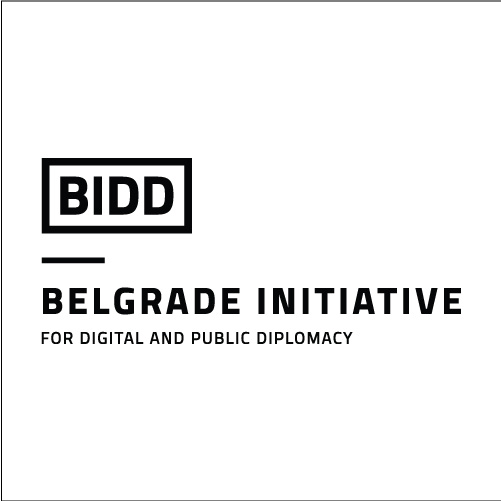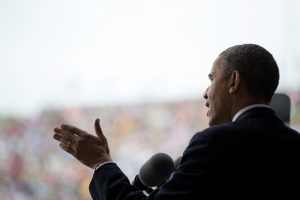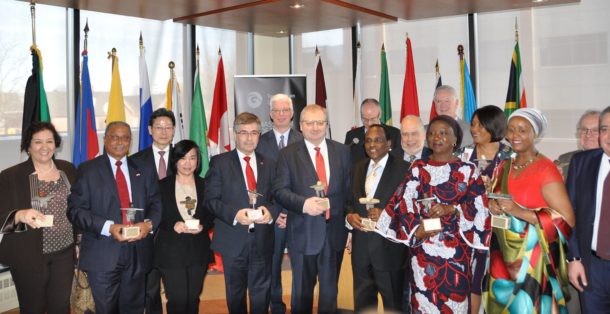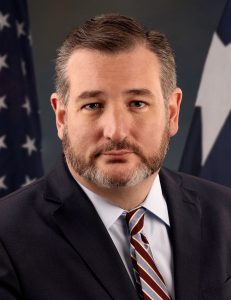annenberg.usc.edu; see also John Brown, "Twittering; or, Where are the Emily Dickinsons at the State Department?," Huffington Post (2011)
The USC Center of Public Diplomacy’s [JB emphasis] Jay Wang weighs in on how technology is changing the rules of policymaking.
Two years ago, Twitter wasn’t the primary place to read the official statements of the president of the United States — but with Donald Trump, it is.
Few people turned to Instagram to keep up with Canadian officials, either — until Prime Minister Justin Trudeau came along, with more than 2 million followers in tow.
Diplomacy — the way governments and countries build and manage relationships — is rapidly changing to keep up with technology. “Diplomacy isn’t just state-to-state now,” says Jay Wang, director of the USC Center on Public Diplomacy. “Technology enables you to connect to a much larger global audience.”
For national leaders like Trudeau or local figures like Los Angeles Mayor Eric Garcetti, Instagram helps draw a younger audience — a group typically tuned out to public affairs — and that’s key.
“You’re looking into the future,” Wang says. “A lot of times people form their views about other cultures and countries at a young age, so strategically it’s important to engage young people early on.”
By reaching a broader audience, digital diplomacy can allow for more-informed debates and policymaking, according to Wang. Now, ambassadors or State Department staffers can get reactions in real time and connect directly to the public through digital tool like Twitter.
This type of digital diplomacy work is critical, he adds, because good diplomacy is “about whether we trust each other and have good faith in other people’s cultures.”
A lot of times people form their views about other cultures and countries at a young age, so strategically it’s important to engage young people early on.– Jay Wang, director of the USC Center on Public Diplomacy
A few years ago, the U.S. Embassy in Beijing noticed that although the city’s air pollution was of increasing concern to residents, there wasn’t any health information publicly available. Through Twitter and WeChat, the embassy started sharing up-to-date air quality information.
“With mounting public concern and pressure, the Chinese government began monitoring and publishing air quality data on their own,” Wang says.
Directly addressing the public on social media nudged the government to make a policy change. Digital technology can be handy for enabling privacy, too. At United Nations and European Union summits — where it can be crucial for diplomats to have huddles and private conversations — WhatsApp has been used to plan meetings and share information discreetly and securely.
Of course, there are risks to technological change, and governments are particularly risk-averse places, Wang says. “Things can backfire. What if you make a mistake in your tweet?”
One suggestion is to minimize the risks of Twitter diplomacy by maintaining a consistent voice on policy matters. “You don’t want to send mixed or conflicting signals to foreign governments and their stakeholders, offline or online,” he says.
Looking ahead, Wang sees virtual reality as an emerging tool in digital diplomacy. With technology that allows anyone to be instantly transported and immersed anywhere in the world, improved cultural understanding could be within reach as never before.
Original Article


